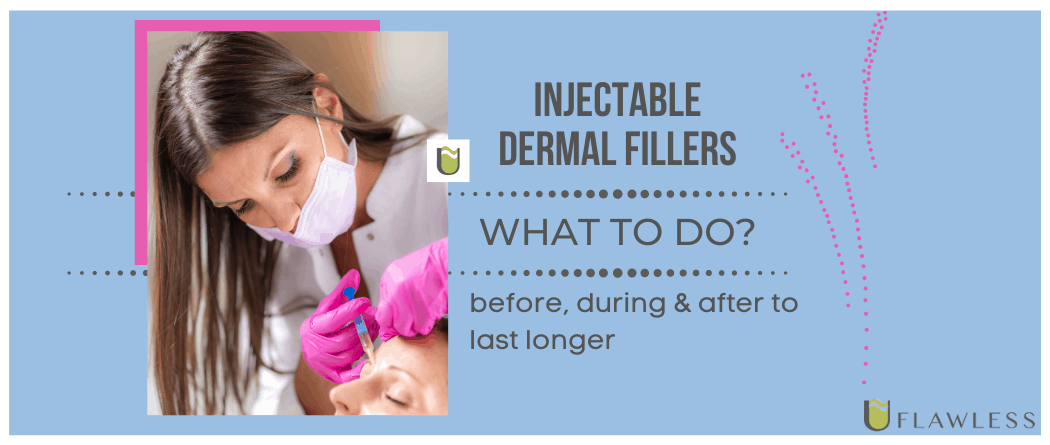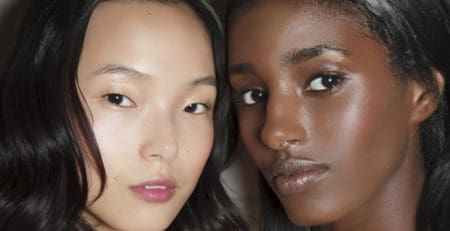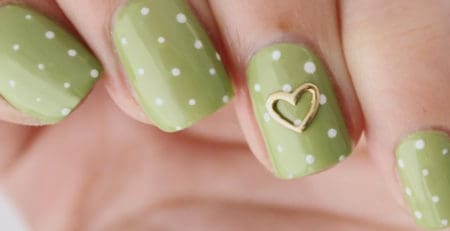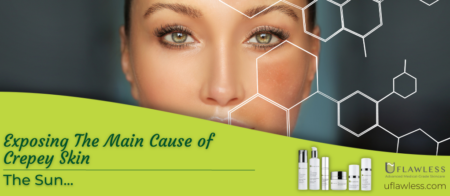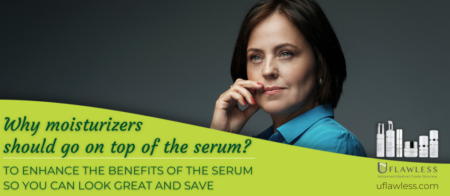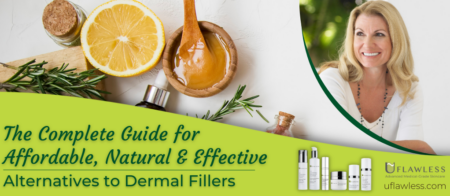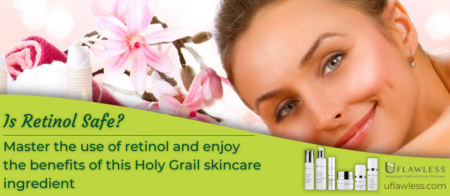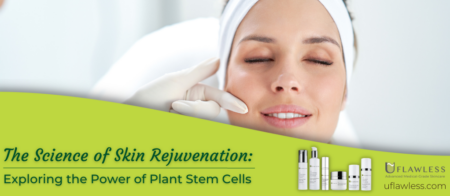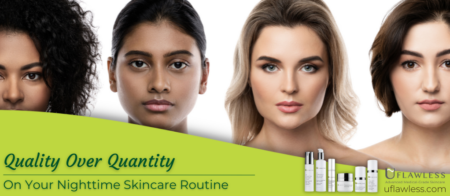Unlock the Secret to Dermal Fillers Last Longer: A Comprehensive Guide for Women 35-70+ Based on Scientific Research
Ladies, we know how much you love the rejuvenating effect of dermal fillers! That plumped-up, youthful look is genuinely irresistible. How to make dermal fillers last longer?
Scroll down to claim your FREE SAMPLES to support your journey of making dermal fillers last longer.
But, like all good things, dermal fillers are temporary. Wouldn’t it be great if we could make them last longer?
Just imagine the magic of Cinderella not wearing off at midnight…
Well, believe it or not, it’s possible!
This comprehensive guide, based on scientific research, will reveal the secrets to making your dermal fillers last longer, ensuring you get the most out of your beauty investment.
Understanding Dermal Fillers and Their Science
Injectable dermal fillers typically last between 3-6 months, depending on factors such as metabolism, commitment, and lifestyle.
The most common active ingredient is Hyaluronic Acid (HA), a naturally occurring glycosaminoglycan that plays a crucial role in skin hydration and volume (Jegasothy et al., 2014).
It creates a plumping effect by retaining water molecules, making it an ideal candidate for dermal fillers.
Check out this video for visual understanding…
Commitment: The Key to Long-lasting Dermal Fillers
Commitment means dedicating yourself to a cause, and in this case, it’s the quest for long-lasting dermal fillers.
So, let’s explore what you need to do before and after applying injectable dermal fillers, based on scientific evidence.
Before Applying Dermal Fillers so they can last longer:
-
-
- Research reputable skincare specialists and dermatologists who are trained and experienced in administering dermal fillers (American Society of Plastic Surgeons, 2020).
- Expect to pay between $600 and $1200 for professional services, considering that quality and safety should be your top priorities.
-
After Applying Dermal Fillers so they can last longer:
-
-
- Avoid alcohol, intense exercise, and excessive movement for the first 24 hours, as they can cause swelling, bleeding, and bruising (Lorenc et al., 2016).
-
- Stay quiet and relax, avoiding activities that involve the mouth area, as this can interfere with the filler’s placement and effectiveness.
-
- Be patient, as the effects can take up to 7 days to appear, allowing the filler to settle and integrate with the surrounding tissue (Werschler et al., 2015).
-
- Avoid heat, sun, and saunas, as they can cause inflammation and reduce the longevity of the filler (American Society for Dermatologic Surgery, 2020).
- Use ice packs and arnica for any bruising, as studies show they can help reduce swelling and inflammation (Leu et al., 2010).
-

Boost Your Fillers with Medical-Grade Skincare Backed by Science
To make your dermal fillers last longer, invest in medical-grade skincare products with high purity levels, backed by clinical testing.
A prime example is UFlawless, offering the X3 Dermal Filler Routine. A 3-step routine, with 4 products combined, delivering 99.9% active ingredients and visible results in just 1-2 weeks.
Research shows that topical application of high-quality skincare products containing active ingredients like peptides, antioxidants, and retinoids can enhance and maintain the effects of dermal fillers (Farris, 2013).
Adopt a Healthy Lifestyle Based on Scientific Evidence, to make dermal fillers last longer
A healthy lifestyle can greatly impact the longevity of your dermal fillers. Here’s what you can do:
-
-
- Drink plenty of water (8-12 glasses a day) to keep your skin hydrated and toxin-free. Research shows that adequate hydration helps maintain skin elasticity and barrier function (Palma et al., 2015).
-
- Eat clean, natural foods rich in antioxidants for a healthy glow. Studies have found that a diet rich in vitamins A, C, and E, as well as polyphenols, can help protect the skin from oxidative stress, inflammation, and aging (Schagen et al., 2012).
-
- Prioritize sleep, as it helps your body recover and reset. Research indicates that poor sleep quality is associated with increased signs of skin aging and decreased skin barrier function (Oyetakin-White et al., 2015).
-
- Protect your skin from sun damage with sunscreen, hats, glasses, and shade. Studies have demonstrated that exposure to ultraviolet (UV) radiation is one of the primary causes of extrinsic skin aging, making sun protection crucial for maintaining youthful skin (Rittié & Fisher, 2002).
-
- Keep active, but avoid intense workouts during the first few days after filler application. Regular exercise has been linked to improved skin health and appearance, but intense physical activity immediately after treatment can compromise the results of dermal fillers (Crane et al., 2015; Lorenc et al., 2016).
- Manage stress effectively. Chronic stress can cause hormonal imbalances and inflammation, leading to skin aging and reduced longevity of dermal fillers (Ganceviciene et al., 2012). Incorporate relaxation techniques like meditation, yoga, or deep breathing exercises to help manage stress levels.
-

Collaborate with Your Skincare Expert for Customized Treatments
Your skincare expert may suggest additional treatments, such as chemical peels, micro-needling, or laser therapy, to enhance and prolong the results of dermal fillers (Goldman & Moradi, 2015).
These treatments can stimulate collagen and elastin production, which are essential for maintaining skin firmness and elasticity. By combining dermal fillers with other skin rejuvenation treatments, you can achieve a more comprehensive and long-lasting result.
Samples are free, pay only for shipping & handling ($5.95) – Here’s your chance!
Filler Types and Their Longevity
To achieve the best results and prolong the effects of dermal fillers, it’s essential to understand the different filler types available and their respective longevity.
-
-
- Hyaluronic Acid Fillers: Hyaluronic acid fillers are the most commonly used type, as they are biocompatible and reversible. Their longevity ranges from 6 to 24 months, depending on the product’s formulation (Lorenc et al., 2016).
-
- Calcium Hydroxy.lapatite Fillers: These fillers, are biocompatible and stimulate collagen production. They have a thicker consistency, making them suitable for deep wrinkles and facial contouring. Calcium hydroxylapatite fillers typically last between 12 to 18 months (Berlin et al., 2008).
-
- Poly-L-lactic Acid Fillers: A popular poly-L-lactic acid filler that works by stimulating collagen production over time. It is considered a semi-permanent filler with effects lasting up to 2 years. However, multiple treatments are usually needed to achieve the desired results (Vleggaar & Bauer, 2004).
- Polymethyl.methacrylate (PM.MA) Fillers: Consisting of microspheres suspended in a collagen gel. PMMA fillers are considered permanent, as they provide long-lasting volume and support. However, they are not reversible, so it’s crucial to choose a skilled practitioner for this type of filler (Cohen & Holmes, 2004).
-
Understanding the properties and longevity of various dermal fillers is vital for selecting the right product and enhancing its lasting effects.
The Role of Genetics and Metabolism in Dermal Filler Longevity
Your genetic makeup and metabolism can also impact how long dermal fillers last. People with a faster metabolism may break down fillers more quickly, reducing their longevity. Additionally, genetic factors can influence skin thickness, collagen production, and the rate of aging, all of which can affect the duration of filler effects (Swift et al., 2013).
To optimize the lasting effects of dermal fillers, it’s crucial to discuss your unique needs and expectations with your skincare specialist. They can help you select the most appropriate filler type and develop a personalized treatment plan.
Importance of Maintenance and Touch-up Treatments for dermal fillers last longer
Consistent maintenance and touch-up treatments play a significant role in prolonging the effects of dermal fillers. Regular appointments can help maintain the desired results and allow for adjustments based on your changing needs (Juhász et al., 2018).
By scheduling maintenance treatments, you can ensure that your dermal fillers continue to provide a youthful appearance, even as your skin naturally ages.
The Impact of Environmental Factors on Dermal Filler Longevity
Environmental factors like pollution, temperature, and humidity can also influence the longevity of dermal fillers. Air pollution, for example, can lead to oxidative stress, inflammation, and skin aging, which can reduce the effectiveness of dermal fillers (Vierkötter & Krutmann, 2012).
To minimize the impact of environmental factors, incorporate a skincare regimen that includes products with antioxidants, sun protection, and hydration. Additionally, consider using air purifiers and maintaining a comfortable indoor temperature and humidity level to create a healthy environment for your skin.
Combining Dermal Fillers with Other Cosmetic Procedures
You can also enhance and prolong the effects of dermal fillers by combining them with other cosmetic procedures, such as Botox, which relaxes facial muscles and reduces the appearance of wrinkles. When used together, Botox and dermal fillers can create a more balanced and harmonious facial rejuvenation (Carruthers et al., 2003).
Other complementary treatments include chemical peels, microdermabrasion, and laser resurfacing, which can improve skin texture and tone, allowing dermal fillers to work more effectively.
By incorporating a combination of cosmetic treatments, you can achieve a more comprehensive and long-lasting facial rejuvenation.
In Conclusion, by adopting a healthy lifestyle, using medical-grade skincare products, and collaborating with your skincare expert, you can maximize the longevity of your dermal fillers based on scientific research. So, go ahead, unlock the secret to long-lasting dermal fillers, and enjoy your renewed confidence and radiant, youthful appearance!
Scientific Research for Dermal Fillers to Last Longer – References
-
-
- American Society of Plastic Surgeons. (2020). Dermal Fillers. Retrieved from https://www.plasticsurgery.org/cosmetic-procedures/dermal-fillers
-
- American Society for Dermatologic Surgery. (2020). Injectable Fillers Guide. Retrieved from https://www.asds.net/skin-experts/skin-treatments/injectable-fillers
-
- Crane, J. D., MacNeil, L. G., & Tarnopolsky, M. A. (2015). Long-term aerobic exercise is associated with greater muscle strength throughout the life span. The Journals of Gerontology Series A: Biological Sciences and Medical Sciences, 70(5), 565-570.
-
- Farris, P. K. (2013). Cosmeceuticals and skin care in dermatology. In K. A. Arndt, J. M. Dover, & K. S. Kaminer (Eds.), Atlas of Cosmetic Surgery (pp. 15-30). Saunders Elsevier.
-
- Ganceviciene, R., Liakou, A. I., Theodoridis, A., Makrantonaki, E., & Zouboulis, C. C. (2012). Skin anti-aging strategies. Dermato-endocrinology, 4(3), 308-319.
-
- Goldman, M. P., & Moradi, A. (2015). The integration of non-surgical procedures for facial rejuvenation. Dermatologic Surgery, 41(S1), S38-S46.
-
- Jegasothy, S. M., Zabolotniaia, V., & Bielfeldt, S. (2014). Efficacy of a new topical nano-hyaluronic acid in humans. Journal of Clinical and Aesthetic Dermatology, 7(3), 27-29.
-
- Leu, S., Havey, J., White, L. E., Martin, N., Yoo, S. S., Rademaker, A. W., & Alam, M. (2010). Accelerated resolution of laser-induced bruising with topical 20% arnica: a rater-blinded randomized controlled trial. British Journal of Dermatology, 163(3), 557-563.
-
- Lorenc, Z. P., Bank, D., Kane, M., Lin, X., Smith, S., & Nestor, M. (2016). A Consensus Approach for Optimal Injectable Filler Techniques to Minimize Adverse Events. Journal of Drugs in Dermatology, 15(11), 1327-1332.
-
- Oyetakin-White, P., Suggs, A., Koo, B., Matsui, M. S., Yarosh, D., Cooper, K. D., & Baron, E. D. (2015). Does poor sleep quality affect skin aging? Clinical and Experimental Dermatology, 40(1), 17-22.
-
- Palma, L., Marques, L. T., Bujan, J., & Rodrigues, L. M. (2015). Dietary water affects human skin hydration and biomechanics. Clinical, Cosmetic, and Investigational Dermatology, 8, 413-421.
-
- Rittié, L., & Fisher, G. J. (2002). UV-light-induced signal cascades and skin aging. Ageing Research Reviews, 1(4), 705-720.
-
- Schagen, S. K., Zampeli, V. A., Makrantonaki, E., & Zouboulis, C. C. (2012). Discovering the link between nutrition and skin aging. Dermato-endocrinology, 4(3), 298-307.
- Werschler, W. P., Fagien, S., Thomas, J. A., Paradkar-Mitragotri, D., Rotunda, A., & Beddingfield, F. C. (2015). Development and validation of a photographic scale for assessment of lip fullness. Aesthetic Surgery Journal, 35(3), 294-307.
-


